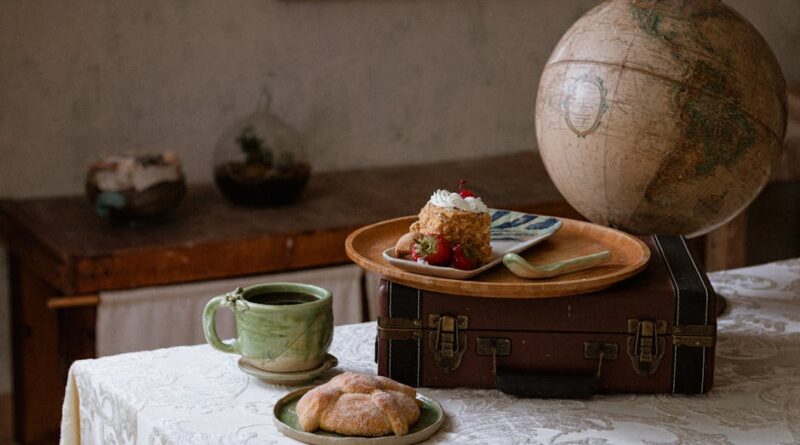Exploring Cultural Art Techniques from Around the World
Have you ever wondered how art reflects the stories of different cultures? Art isn’t just about pretty pictures; it’s a window into the soul of a community. Every brushstroke, every clay pot tells a tale. Today, well journey through various cultural art techniques from around the globe, showcasing their beauty and significance.
Whether it’s the vibrant colors of African textiles or the delicate porcelain of China, each technique has it’s roots in history and tradition. Lets dive in and explore these amazing art forms!
What Makes Cultural Art Unique?
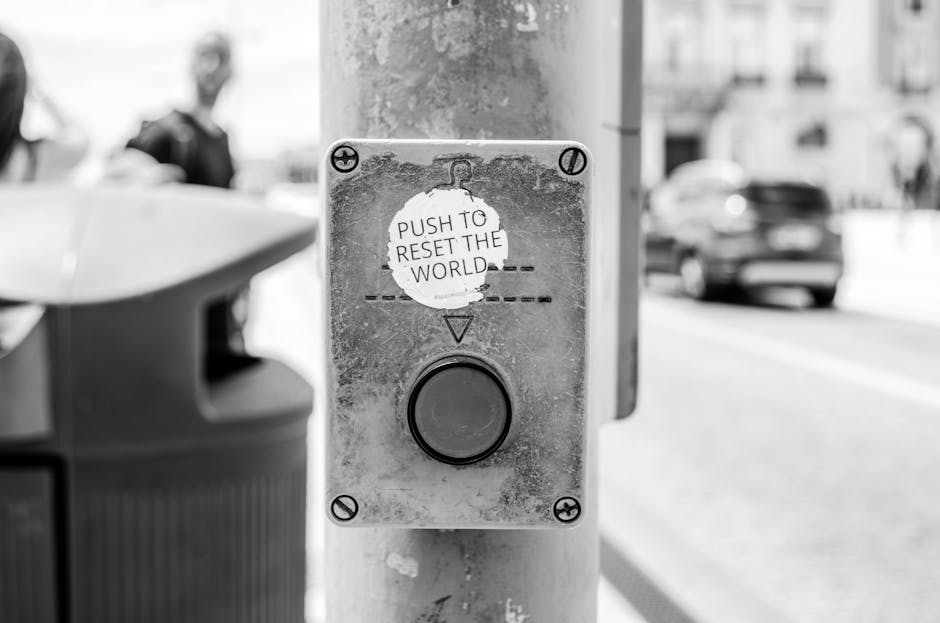
Cultural art is unique because it combines creativity with history. Artists use local materials and techniques that have been passed down through generations. This connection to the past helps maintain cultural identity.
For example, Native American pottery often features traditional designs that tell stories. These designs are not just decorative; they are a way to keep history alive.
How Do Different Regions Express Their Culture Through Art?
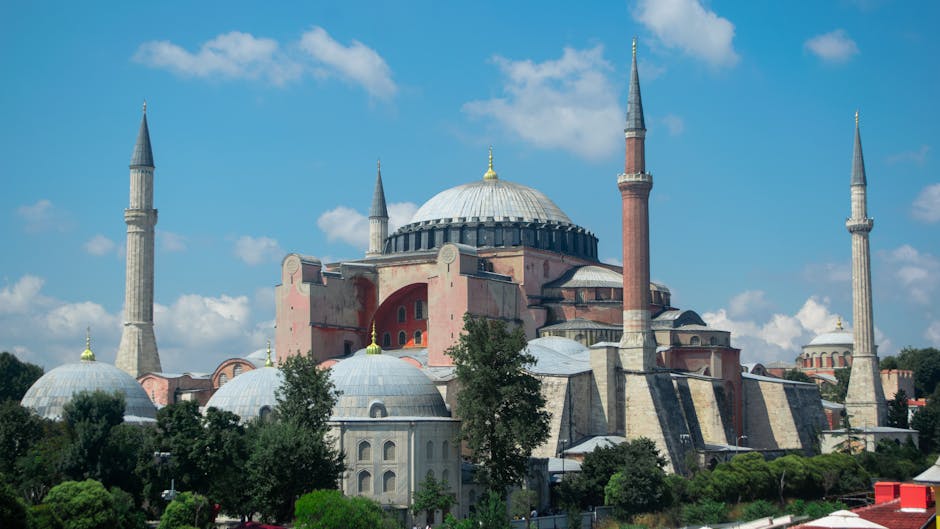
Art varies widely across regions. Here are some highlights from different parts of the world:
- Africa: Colorful textiles and masks.
- Asia: Intricate calligraphy and silk painting.
- Europe: Classical sculpture and modern street art.
- Americas: Indigenous beadwork and mural paintings.
Each region tells its own story through these art forms, making them special and worth exploring.
What Are Some Iconic Art Techniques from Around the World?
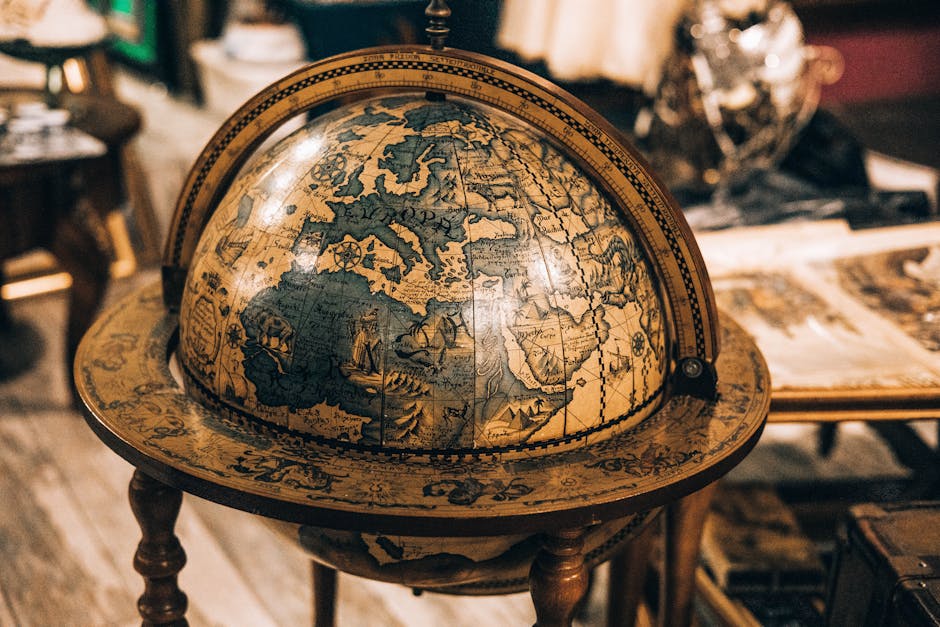
Lets take a closer look at some iconic techniques:
African Textiles
African textiles are vibrant and full of life. They often use bold colors and intricate patterns. Many pieces are handmade, using techniques like weaving and batik.
For instance, Kente cloth from Ghana features bright colors and geometric designs. Each color and pattern has a meaning, often linked to the history and values of the people.
Asian Calligraphy
In Asia, calligraphy is more than just writing; it’s a form of art. Countries like China and Japan have rich traditions in this area. Artists use brushes and ink to create beautiful characters.
Chinese calligraphy, for instance, emphasizes balance and flow. Each stroke tells a story and expresses emotion. it’s a meditative practice, allowing the artist to connect deeply with their culture.
European Sculpture
Europe boasts a long history of sculpture, from the ancient Greeks to modern artists. Sculptors use materials like marble, stone, and metal to create masterpieces.
Michelangelos David is a famous example. This statue captures human emotion and beauty, showcasing the skills of Renaissance artists. The attention to detail is astounding, making it a timeless piece.
Indigenous Art in the Americas
Indigenous cultures in the Americas have rich artistic traditions. Techniques like beadwork and pottery often incorporate natural elements.
For example, the Navajo people create intricate rugs and jewelry. These pieces often feature designs that represent their connection to nature. They tell stories of the land, animals, and their ancestors.
How Do These Techniques Impact Communities Today?
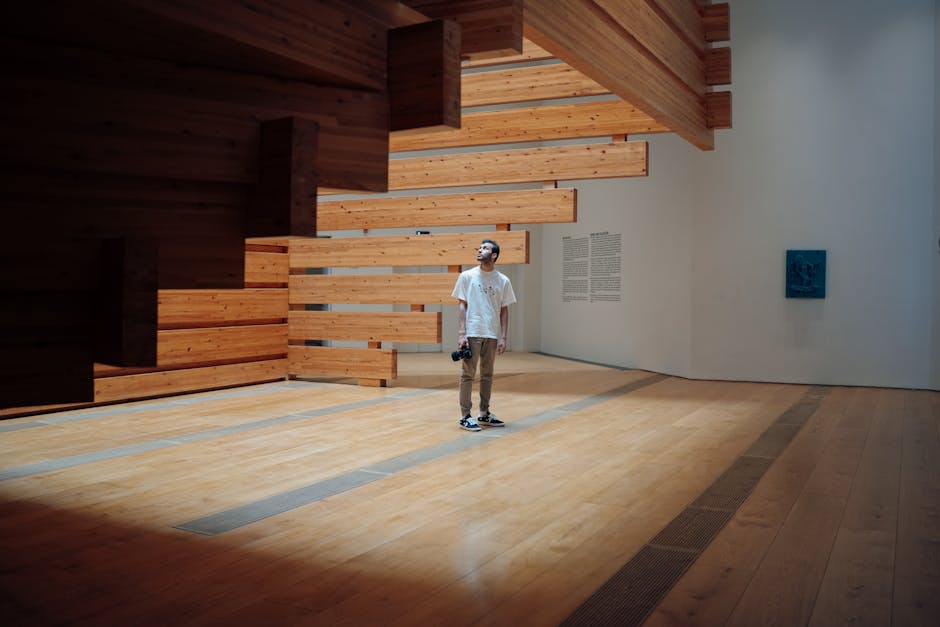
Cultural art techniques do more than beautify spaces. They strengthen communities. Many artists today strive to keep traditional practices alive while adapting them for modern audiences.
Art can raise awareness about social issues. For instance, street artists in urban areas use their work to address topics like poverty and inequality. This blend of tradition and modernity creates a powerful conversation.
Why Is It Important to Preserve Cultural Art?
Preserving cultural art is crucial for several reasons:
- Identity: Art helps maintain a community’s identity.
- Education: It teaches younger generations about history and traditions.
- Connection: It fosters connections among people within and outside the culture.
Without preservation, unique art forms may disappear. By supporting traditional artists, we help keep these important cultural narratives alive.
How Can You Get Involved?
Want to support cultural art? Here are a few ways to get involved:
- Visit Local Galleries: Explore art from diverse cultures in your area.
- Buy Handmade Goods: Support artisans by purchasing their work.
- Learn a Craft: Take a class to explore different art techniques.
- Share Knowledge: Teach others about the importance of cultural art.
These small actions can make a big difference in preserving and honoring cultural art.
What Are Some Common Misconceptions About Cultural Art?
Many people have misconceptions about cultural art. Lets clear up a few:
- Myth: All art from a culture looks the same.
- Truth: Each piece can be unique, reflecting individual artists and their experiences.
- Myth: Cultural art is outdated.
- Truth: Many artists blend traditional techniques with modern styles, keeping cultures vibrant.
Understanding these truths helps appreciate the diversity in cultural art.
what’s Next in the World of Cultural Art?
The future of cultural art looks bright. Many artists are finding innovative ways to share their work. Technology is opening new doors. Virtual galleries and online sales are making art more accessible.
Additionally, global events often highlight cultural art. Festivals and exhibitions celebrate diversity and bring communities together. These events showcase how art evolves while staying rooted in tradition.
Conclusion: Embrace Cultural Art Techniques
Cultural art techniques offer a glimpse into the heart of communities around the world. By exploring these techniques, we not only learn about different cultures but also appreciate the richness they bring to our lives.
Take a moment to engage with cultural art. Visit a gallery, try a local craft, or simply learn more about an art form you find intriguing. Every step you take helps keep these beautiful traditions alive.
For more insights on cultural heritage and art, check out UNESCO’s Cultural Heritage.
Lets celebrate the diversity of art and the stories it tells!
